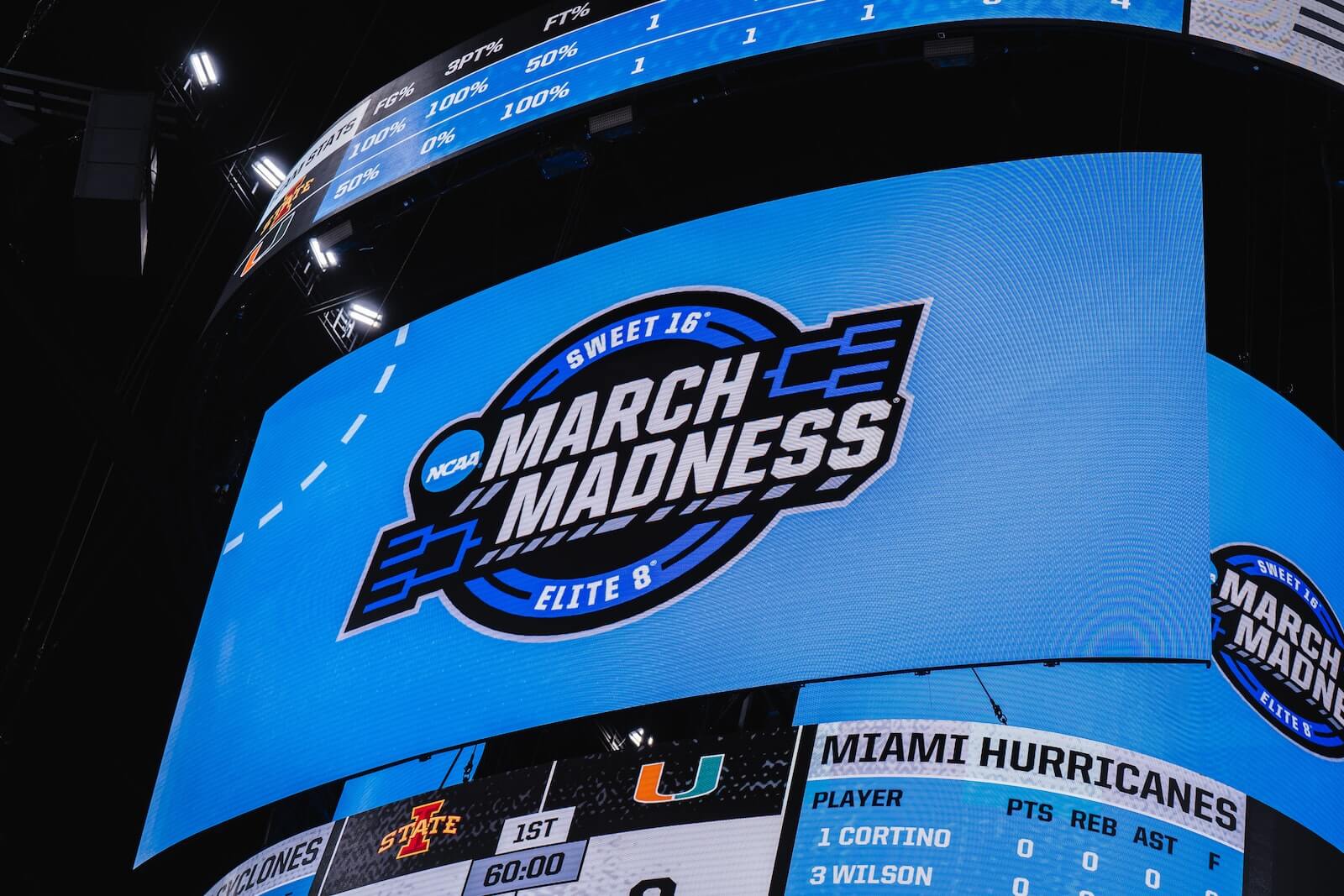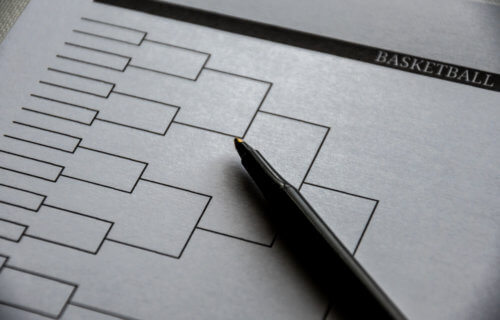ALEXANDRIA, Va. — March Madness is here and college basketball experts near and far are sharing their predictions for the big dance. But have you thought about applying some science to your strategy? Data scientists from the University of Illinois have their own tips for filling out your NCAA Tournament bracket.
They say by picking the top-seeded team from each region as the Final Four contestants and working backwards from there, you’ll have a higher bracket score on average than by first picking the winners of the first-round games and continuing in order. If you’re submitting multiple brackets to boost your chances at winning March Madness prizes, starting with the Final Four is still a good strategy; but you should also diversify your brackets as much as possible to maximize your chances.
“If you can only pick one bracket, then leaning heavily on the tops seeds makes sense,” suggests study author Sheldon H. Jacobson, a computer science professor at UI, in a statement. “However, all bracket challenges allow you to submit multiple entries. A person does not need all of their brackets to score well; just one will do.”
Using science to make March Madness picks
Jacobson has been trying to break the code of accurately predicting wins and losses in the NCAA’s college basketball D-I championship tournament for years. His previous March Madness research tended to focus on the seeding, not the individual teams.
There are more than 9 quintillion possible bracket combinations. Picking a perfect bracket, with all 63 games correct is extremely unlikely, even when submitting multiple brackets. Jacobson’s new approach is a way of reducing the number of games you’ll have to take a guess on, helping your odds because the top seeds are more likely to reach the Final Four than any other teams, statistically.

“Once you pick a set of Final Four teams, 12 additional game outcomes become fixed, effectively reducing the number of games that you must pick,” Jacobson explains. “Our research suggests that anything that can be done to reduce the uncertainty in your picks, while simultaneously expanding the diversity of your pool, will give you a step up in having a good scoring bracket amongst your set of brackets.”
UI computer science graduate student Ian Ludden explains further: “For the 2016 through 2019 tournaments, our models produce many brackets that would have placed in the top 100 of the ESPN bracket challenge. Our models that start by picking the Elite Eight or Final Four teams perform especially well, perhaps because they balance the two main risks: incorrect picks in the first two rounds, which may propagate through the tournament, and incorrect teams in the later rounds, where each game is worth more points.”
Jacobson helped launch the website Bracket Odds in 2012 to help people fill out more accurate March Madness brackets. The site is an official University of Illinois STEM Learning Laboratory that draws graduate and undergraduate students applying data science principles to the tournament.
One example of the odds the website can calculate is which seeds will meet in the Final Four. According to the site, the odds of all four number one seeds meeting in the Final Four is about once per 64 tournaments. Conversely, the odds that all four 16-seeds, the lowest seed in the tournament, make it to the grand stage: once per 13 trillion tournaments. If you could conduct an entire March Madness college basketball tournament every second, you’d see the lowest-seeded teams reach the Final Four once every 433,000 years.
The study is published in the American Statistical Associations’ Journal of Quantitative Analysis in Sports.
This article was first published March 18, 2021.

